Horticultural marmite: The natural phenomenon which divides gardeners all over Britain
Variegated foliage may be the bread and butter of some gardens, but for some horticulturalists it seems sickly and spoiled.

When I was an undergraduate, I spent my free time working as a horticulturist at Oxford University’s Plant Sciences Department. My duties included the upkeep of a remarkable garden created by someone whom I, as did others with a vocation for plants, soon came to regard as a mentor: Ken Burras, the grand master of British horticulture, who, inspiring and encyclopaedic as ever, turned 90 last month.
From the annuals I bedded out in summer to its spring bulbs, perennials, grasses, climbers, shrubs and trees, almost everything in this garden had variegated foliage. It was designed as a living lecture theatre in which the different kinds of variegation – genetic, chimerical, viral and so on – illustrated aspects of mutation and inheritance.
'The rest of the world may divide over Marmite, but it’s variegation that polarises gardeners'
Having been conceived and made by Mr Burras, it was also a place of uncanny beauty, this third of an acre where each leaf was marbled or had received the Midas touch, especially at dusk and on gloomy days when it seemed phosphorescent or moonlit.
Back when I was tending this garden, I enthused about it to a celebrated arbiter of horticultural fashion. ‘You poor lamb,’ he whinnied, ‘I can’t abide variegation. It looks like sickness to me, or as if some huge dog had cocked its leg. Ugh.’
The rest of the world may divide over Marmite, but it’s variegation that polarises gardeners. The antis can be startlingly frank in condemning it. After deploying a few pied plants around his garden, one friend stopped opening its gates to the public: ‘I couldn’t stand all the sneering from people who thought I’d ruined everything.’

Variegated foliage, these critics tell us, not only looks sick, but is freakish, unnatural. But Mr Burras, world expert in its science and culture, observes that it results from processes that are natural, if not necessarily normal, and the selection, propagation and appreciation of variegated cultivars can embody the art of horticulture at its most discerning. This was the case in Renaissance England, when we began to treasure ‘painted’ plants, such as the sage Salvia officinalis Tricolor and the grass Phalaris arundinacea Picta. So it remains today.
Mr Burras also points out that some variegated cultivars confound the naysayers. One such is the dogwood Cornus controversa Variegata, a specimen of which he planted in sight of his office during his years as superintendent of the Oxford Botanic Garden.
Exquisite houses, the beauty of Nature, and how to get the most from your life, straight to your inbox.
'Had Redouté designed wallpaper, it would have looked like this 
‘Nobody with an eye for beauty,’ he says, ‘could dislike it’, and he’s right: this elite tree, with bridal foliage in a pyramid of tiers, is, by universal assent, in impeccable taste.
Golden-leaved cultivars, of mock orange, valerian, wood millet, fever few and so on, similarly enjoy a following among antis, although these, too, are examples of a kind of variegation.
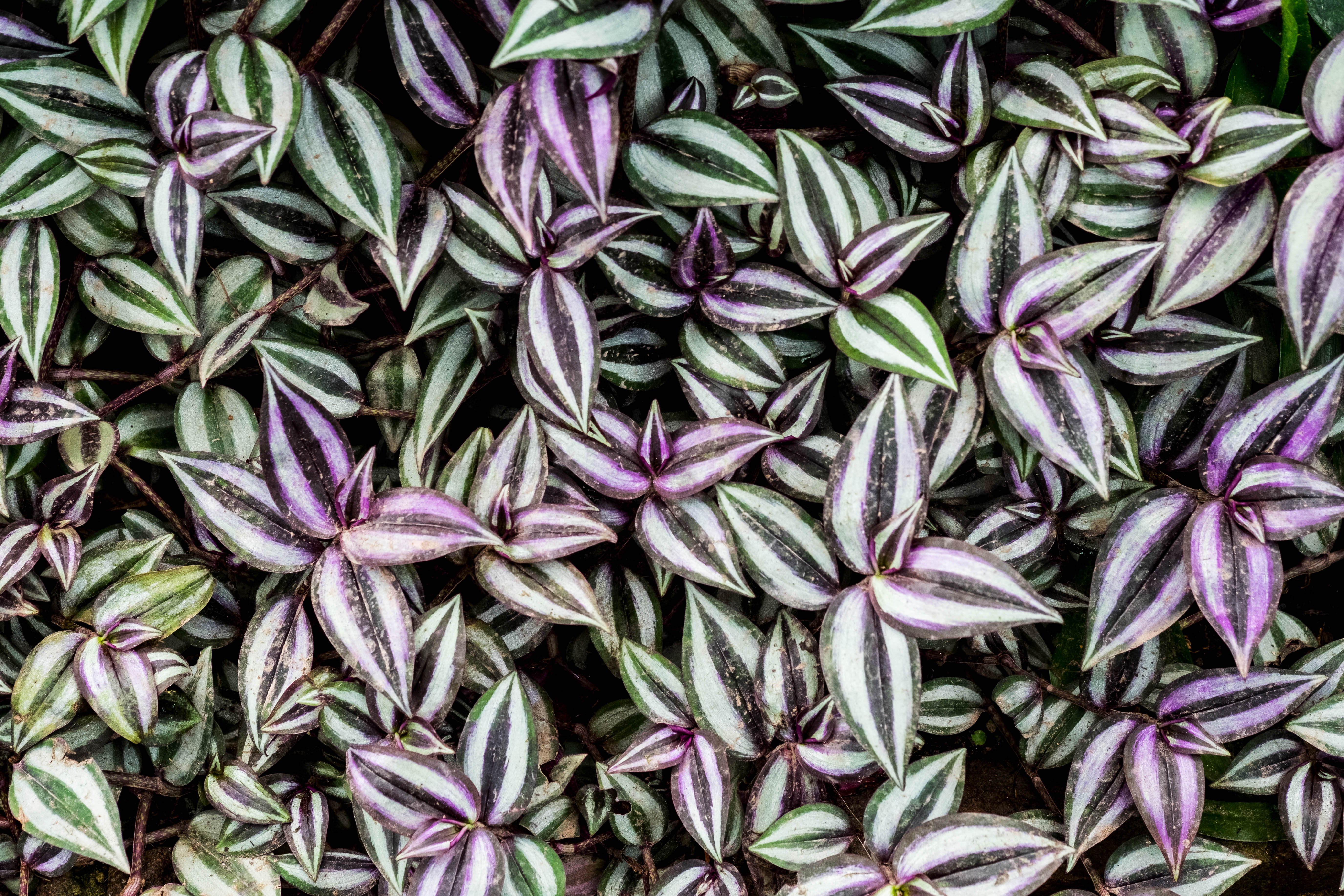
Even I don’t always welcome variegation. It seems a gimmick, distraction and clash in plants such as rhododendrons, camellias and Peruvian lilies, where the flowers are the attraction and need no fancy foil. And yet it can strike heavenly harmonies with some blooms – for example, in Iris pallida Argentea Variegata, where limpid lavender butterflies hover over pristine-striped swords in a vision of cool elegance, or my favourite plant in my mother’s garden.
'White gardens need foliage, as well as flowers'
A shrub that she’s grown for many years now, Rosa Verschuren has double pale-pink flowers on a foliar frieze of pea green, grey, cream, and blushing white. Had Redouté designed wallpaper, it would have looked like this rose.
One category in which variegation works pure alchemy is the utterly humdrum. A herb garden is a dull thing without tricolor sage, aureate marjoram, cream- splashed oregano and hoar-trimmed thyme. More remarkable still is mutation’s metamorphosing of ground elder into Aegopodium podagraria Variegatum, a smart, stoical and surprisingly well-behaved groundcover that I’ve used solo and in all-white plantings with other variegated cultivars – perennials such as Polygonatum x hybridum Striatum and shrubs such as Pittosporum tenuifolium Silver Queen. White gardens need foliage, as well as flowers.
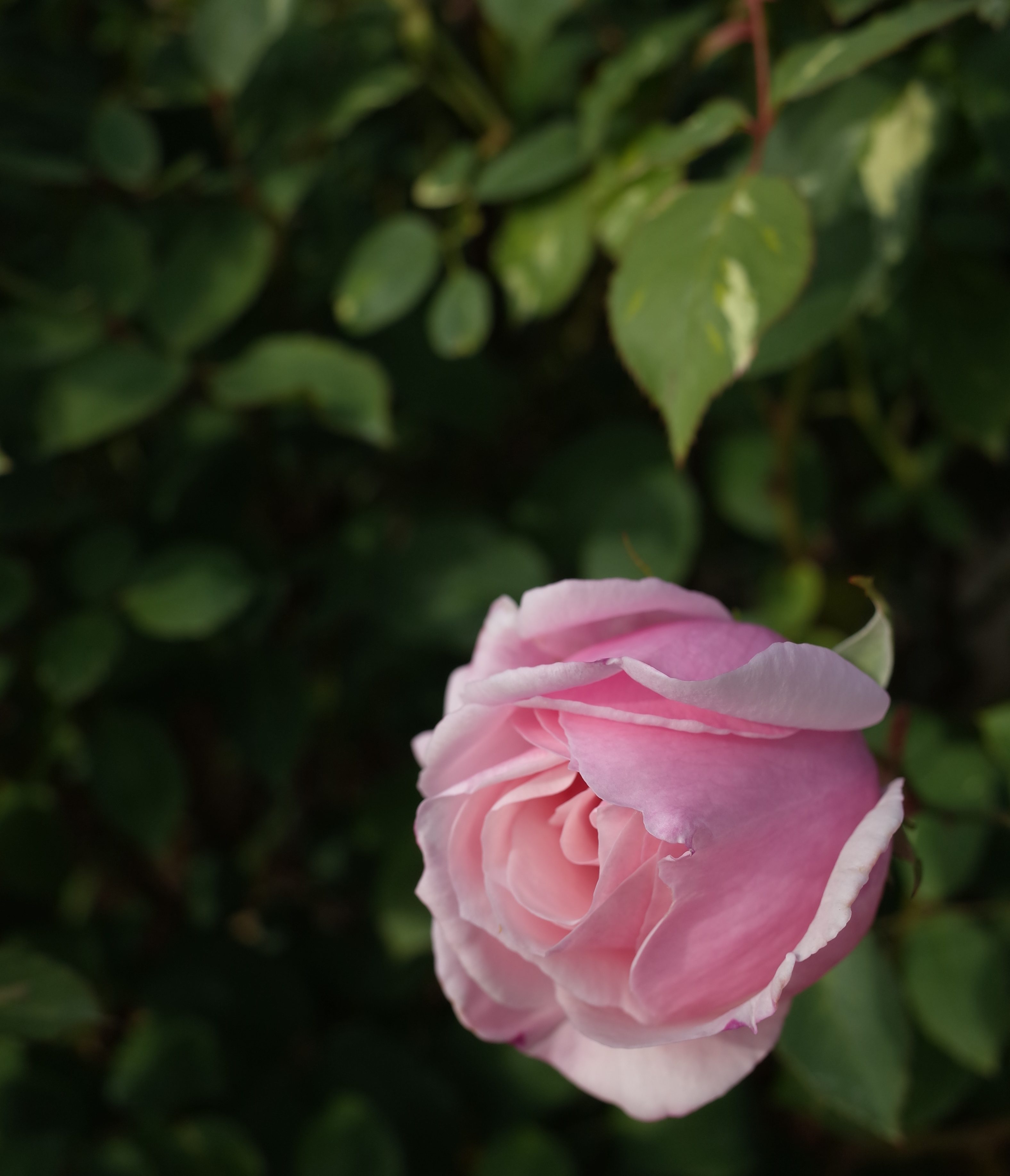
It is now, in the winter garden, that variegation reigns supreme, in multifarious cultivars of conifer, holly, ivy, box, Osmanthus, Rhamnus alaternus, Fatsia japonica, Elaeagnus, Euonymus, bamboo, spurge, Pachysandra, Liriope, Iris japonica and I.foetidissima, woodrush and sedge. In painted evergreens such as these, Nature’s play combines with our art to produce silver and gold where all otherwise would be leaden.
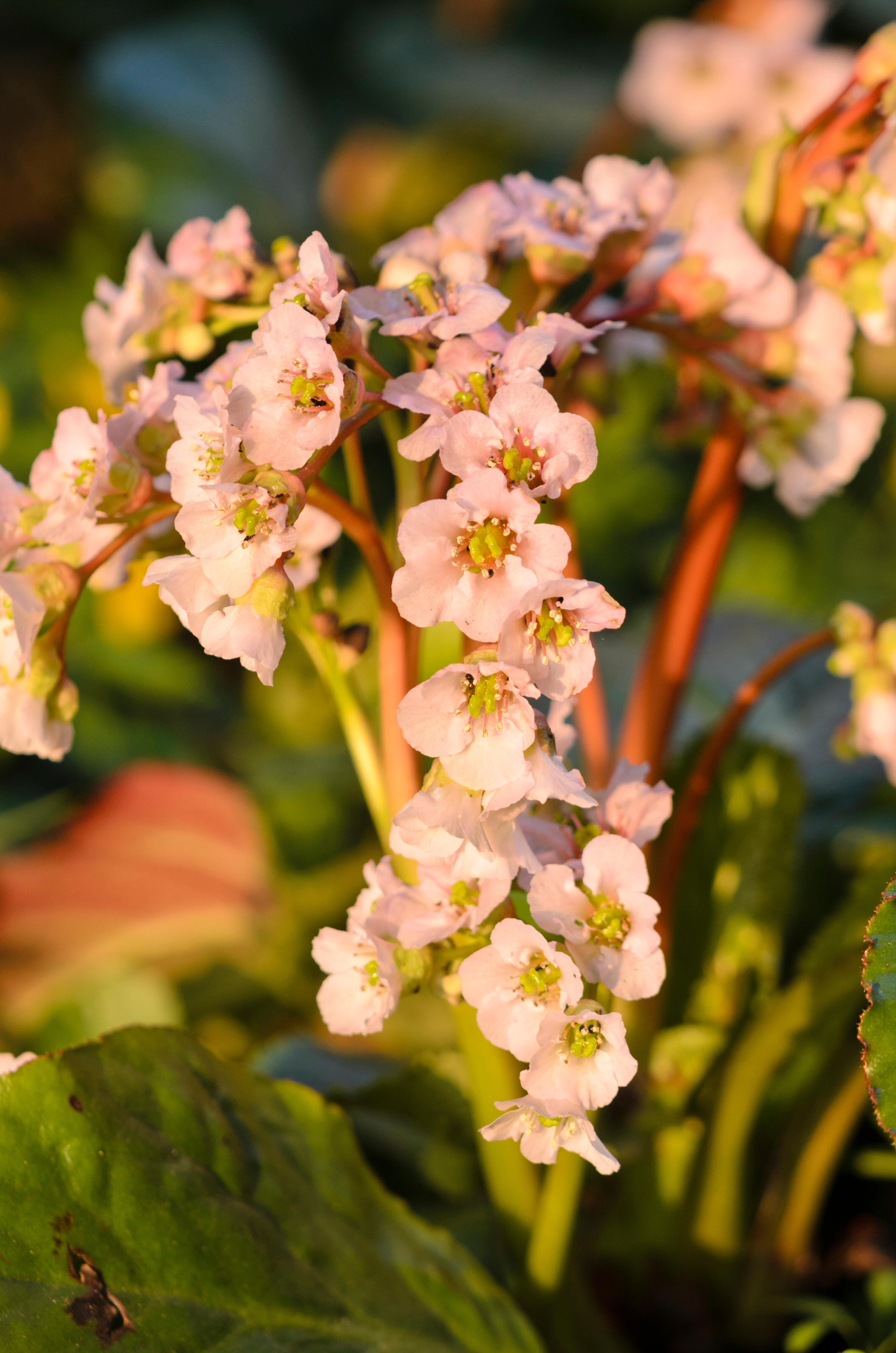
Mark Griffiths: Why gardening is vastly richer, wider and deeper than in Gertrude Jekyll’s day
Gertrude Jekyll loved bergenais, but she'd be the first to agree that the variety around today far outshines what was
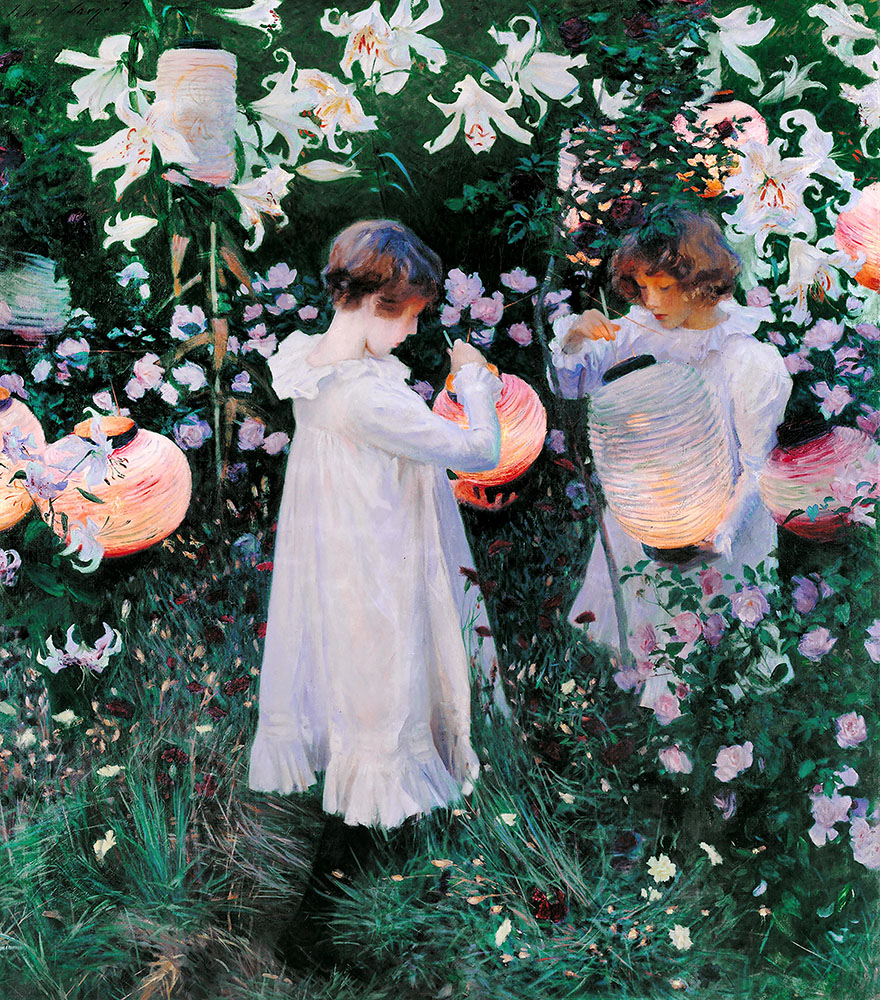
In Focus: Mark Griffiths on the history and revival of Sargent’s 'Carnation, Lily, Lily, Rose'
Mark Griffiths describes how a dinner-party question led to the uncovering of the true identities of the lilies in Sargent’s
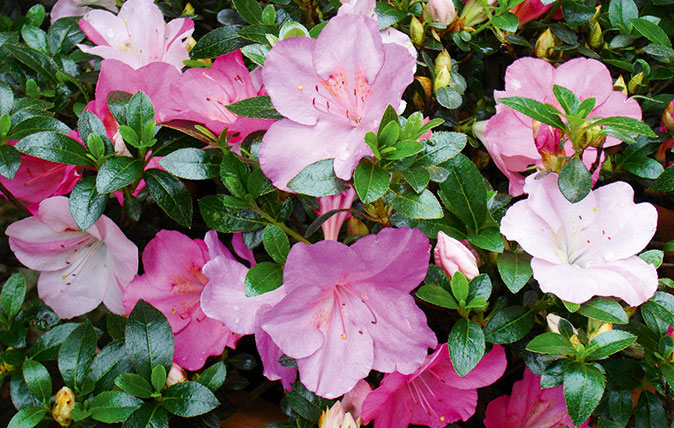
Credit: Mark Grifiths
The Japanese azaleas set to flourish across Britain's gardens
Mark Griffiths looks at Satsuki azaleas – one of Japan's most revered plants, and yet perfect for an English garden.